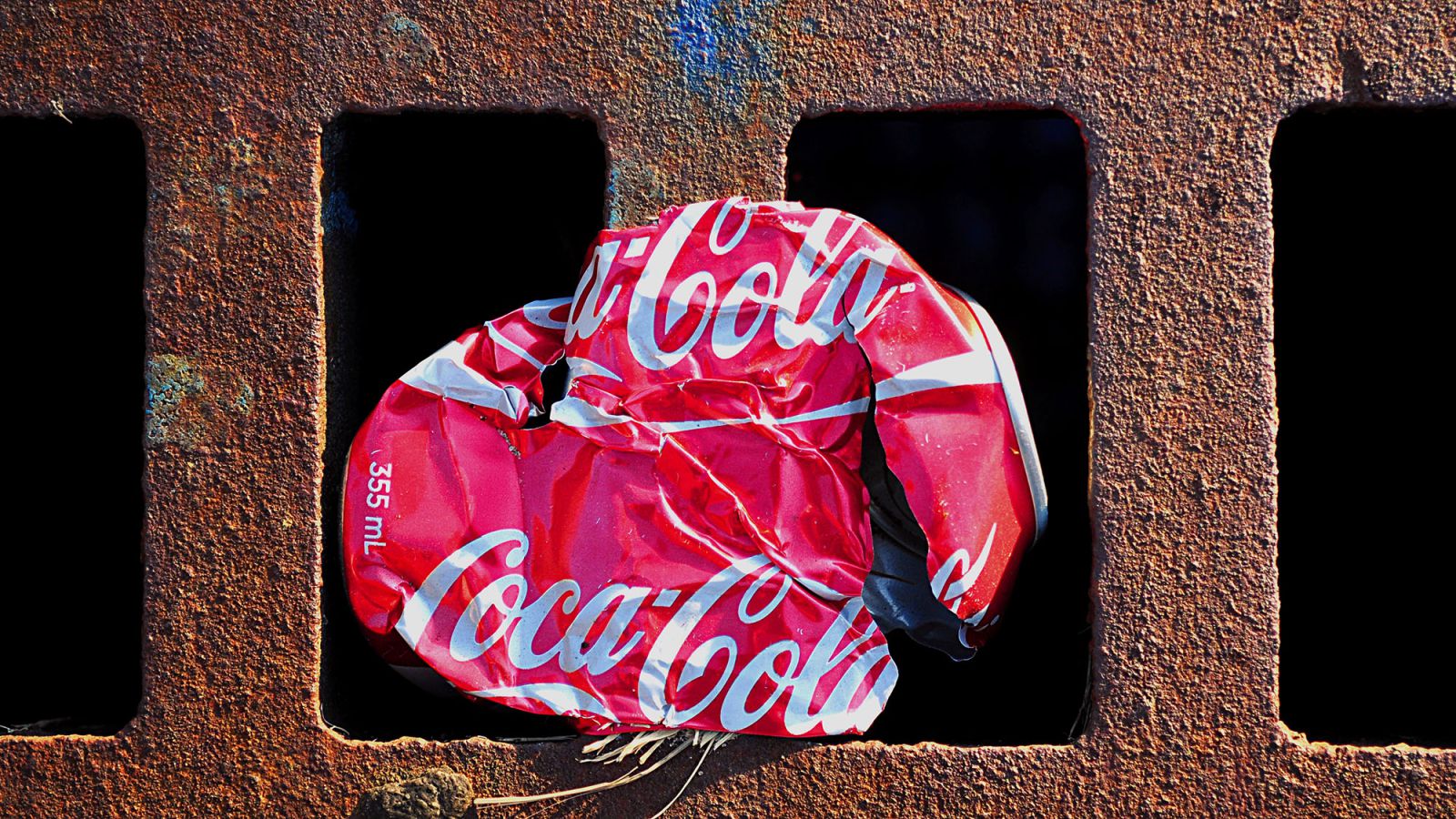Americans are no longer the world’s biggest consumers of sugary drinks
Soda sales in the US have been on the decline for years, but beverage companies are making up for the loss elsewhere.


Soda sales in the US have been on the decline for years, but beverage companies are making up for the loss elsewhere.
In a new study published in medical journal The Lancet, researchers found that while the US had the highest per capita sugary drink consumption in 2000, in 2o14, Chile took the top spot with 190 calories per person per day sold. The US is now in third place with sales just under 160 calories per person per day. Mexico came in second place, but consumption is falling. The US is followed by Argentina, Saudi Arabia and Germany. In many countries, even as sales of soda drop, other sugar-sweetened beverages like energy drinks and flavored-waters, are on the rise.
Using sales data from Euromonitor, the researchers looked at consumption of sugar-sweetened beverages around the world, and found that in the US, the UK, and Mexico, sales per capita are dropping. But in other countries like China, Thailand, Brazil and Chile, people are buying more than ever. And it’s not just soda: in Asia, fruit drinks are gaining in popularity.
High sugar consumption is regularly linked to problems with cardiovascular health, obesity and diabetes.
Comparing Mexico and Chile, the researchers explain that while both have had campaigns at reducing soda consumption, only Mexico’s has worked—and that the drop in sales started before the “soda tax“ was implemented. “In the case of Mexico, this decline occurred before the sugar tax was instituted, possibly because of the much more visible and well-funded media campaign linking sugar-sweetened beverages with diabetes (which is called “urino con azucar” in Mexico),” the researchers write. “By contrast, much of the Chilean effort was aimed at direct discussions with congressional representatives led by several active senators.”
The researchers call for more government action around the world, and especially in low- and middle-income countries, to reduce consumption of these drinks. A number of policies have been implemented around the world with varying degrees of success including taxation, restrictions on school sales and advertising to children, and public awareness campaigns. While none is a silver bullet, the impetus for action—any action—is clear.